Learn how to dig, clean, dry, and store dahlia tubers for winter, plus where Vancouver gardeners can find supplies at garden center vancouver bc locations and other local shops.
Introduction: Why Dahlia Storage Matters
Dahlias are the drama queens of the summer garden – big, showy, and not the least bit interested in surviving a real Canadian winter. If you want those gorgeous blooms to return year after year, lifting and storing the tubers properly is essential.
The good news? The process is much easier than it looks. With a fork, a hose, a breathable crate, and a bit of patience, you can turn this year’s dahlias into next year’s even bigger display. Whether you shop at a garden center vancouver bc, browse different garden centres in vancouver, or hunt down nurseries close to me for supplies, this guide will walk you through each step, from the first killing frost to packing your tubers away in cold storage.

1. Timing Is Everything: Wait for the First Killing Frost
Before you grab your tools, you need to wait for the right moment. Dahlia foliage should be blackened and collapsed by the first hard frost. That’s your cue.
After a killing frost:
-
The leaves and stems turn limp and dark.
-
Flowers collapse and look “sad” overnight.
-
The plant stops putting energy into top growth and shifts everything into the tubers.
If your weather stays just around light frost, you can leave tubers in the ground for a week or two. This can help eyes develop more clearly, especially if you plan to divide in spring. But if temperatures are dropping well below freezing, like 17°F (-8°C), it’s time to act.
For Vancouver’s milder but damp winters, tubers left in the ground often rot. That’s why so many gardeners who shop at a garden center vancouver bc or plant shop vancouver still treat dahlias like tender bulbs and lift them every year.
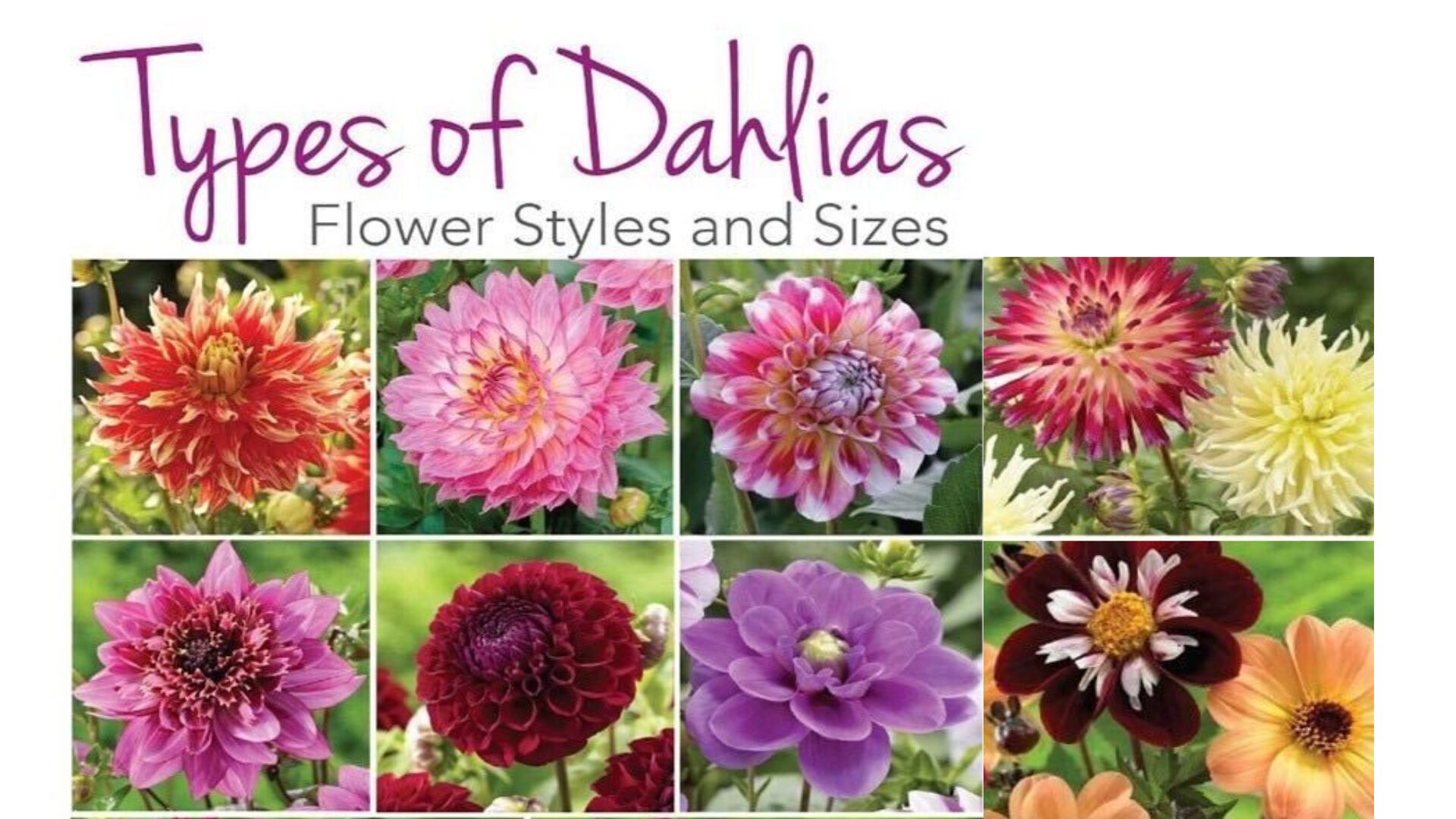
2. Cutting Back Dahlias Before Digging
Once frost has done its work, start by cutting the plants back.
Steps:
-
Use clean, sharp pruners or loppers.
-
Cut stems back to 4-6 inches above the soil line.
-
Remove spent foliage and flowers from the bed to reduce disease and mess.
Leaving a short stub of stem gives you something to grab when lifting the clump. This makes it easier to rock the plant out of the soil without snapping the tubers.
If you’re stocking up on tools, compost, or pruners, this is where searching nurseries close to me or visiting local garden centres in vancouver becomes incredibly practical, staff can point you straight to what you need.
3. Digging Dahlia Tubers Without Damaging Them
Now for the part that intimidates a lot of people: digging. The goal is to lift the entire clump without spearing or snapping tubers.
How to dig safely:
-
Use a digging fork rather than a sharp shovel if possible.
-
Start 20–30 cm (8–12 inches) away from the stem never right up against it.
-
Push the fork down, gently rock it back, and lift the clump.
-
Work all around the plant, loosening the soil until the tubers come free.
If you accidentally pierce a tuber, it’s no longer suitable for storage. Cut off damaged or broken tubers now, instead of letting them rot in storage and infect the rest.
Many local gardeners pick up forks, burlap, or storage crates when visiting a plant shop vancouver or a garden center vancouver bc because these tools are used year after year.
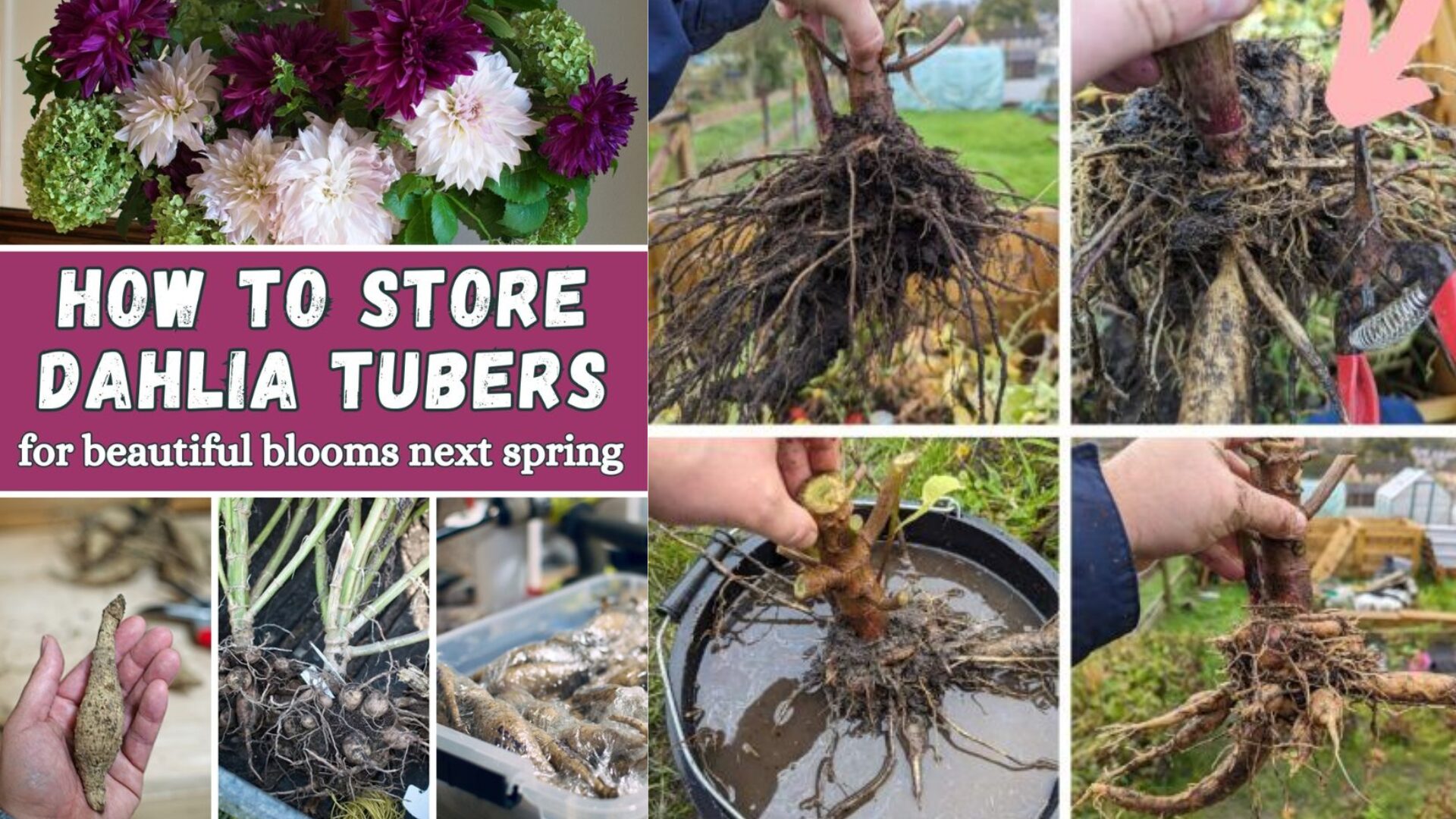
4. Cleaning, Inspecting, and Labelling the Clumps
With your tubers out of the ground, the next step is rinsing and inspecting.
Rinsing
Bring your clumps to a greenhouse area, driveway, or any space where you can spray them down with a hose.
-
Gently rinse off excess soil so you can clearly see each tuber.
-
Don’t blast them with high pressure; you just want to remove clumps of dirt.
Clean tubers make it easier to spot any rot, cracks, or damage.
Inspecting
Look carefully at each clump:
-
Remove snapped or pierced tubers.
-
Discard any soft, slimy, or foul-smelling pieces.
-
Keep only firm, intact tubers connected to the central stem.
Labelling
If you grow multiple varieties, labelling is crucial:
-
Tie a waterproof tag around the stem.
-
Write the variety name clearly.
-
Keep similar varieties together in the same crate.
This is especially helpful if you sell tubers, give them as gifts, or simply enjoy telling friends which varieties are in your bouquets. If you visit garden centres in vancouver or a trusted plant shop vancouver, you can often find weatherproof tags and permanent markers perfect for this job.
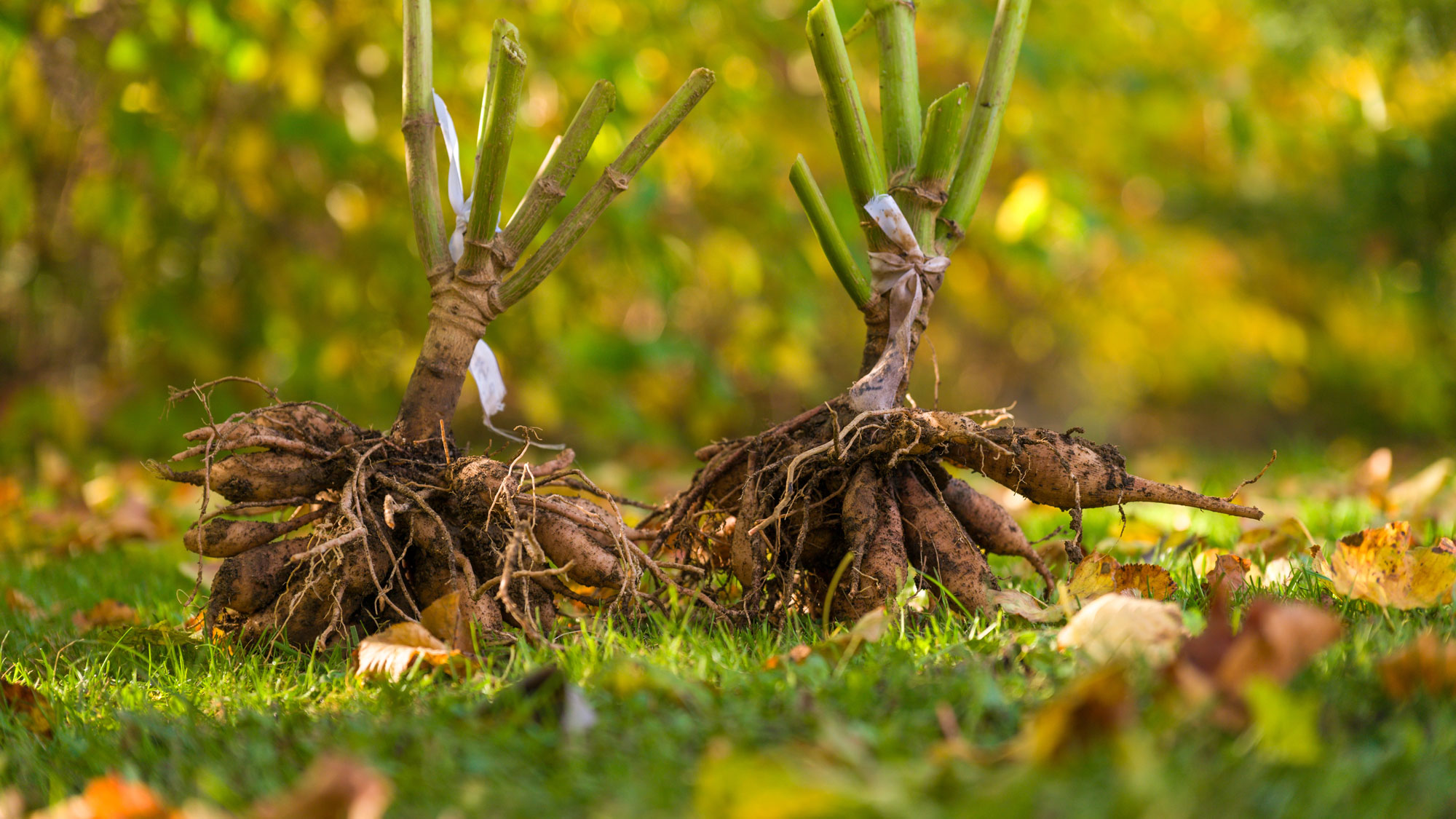
5. The Drying Stage: Don’t Skip It
Freshly dug and rinsed tubers are full of moisture. If you pack them immediately, they’re likely to rot.
Drying guidelines:
-
Lay tubers out in a single layer in a cool, frost-free space.
-
Allow good air circulation, no stacking.
-
Avoid direct sun and excessive heat.
-
Dry for about 24 hours (or slightly longer in very humid climates).
In a dry region, they can desiccate quickly, so don’t leave them out for days on end. In a damp coastal climate like the Lower Mainland, you may need a little extra time, but the principle is the same: dry enough to store, not so dry they shrivel.
If you’re unsure what conditions you have, staff at any garden center vancouver bc or nearby plant shop vancouver can give climate-specific tips.
6. Packing Tubers for Winter Storage
Here’s where methods begin to vary. The gardener uses breathable crates, burlap, and lightly moistened vermiculite, a very solid method, especially in dry climates.
Choose a Breathable Container
Avoid sealed plastic totes; tubers need to breathe.
Good options:
-
Slatted bulb crates
-
Cardboard boxes
-
Wooden fruit crates
Line your container with layers of newspaper or burlap. Burlap is especially useful if you already have it on hand from deliveries or landscaping projects.
Choose a Storage Medium
Common storage materials include:
-
Vermiculite (light, clean, easy to handle)
-
Peat moss
-
Wood shavings
-
Coarse sawdust
Whichever you choose, the principle is the same: cushion the tubers and buffer moisture.
How to Pack
-
Add a shallow layer of slightly moistened vermiculite or your chosen medium.
-
Nestle each clump into the layer, keeping tubers from touching each other.
-
Cover with more medium so all clumps are buried.
-
Fold burlap or newspaper over the top like a loose lid.
Many of these supplies vermiculite, burlap, crates are easy to find at garden centres in vancouver and at almost any garden center vancouver bc location. If you prefer smaller, boutique shopping experiences, simply search nurseries close to me or look for a specialty plant shop vancouver to support local businesses while you stock up.
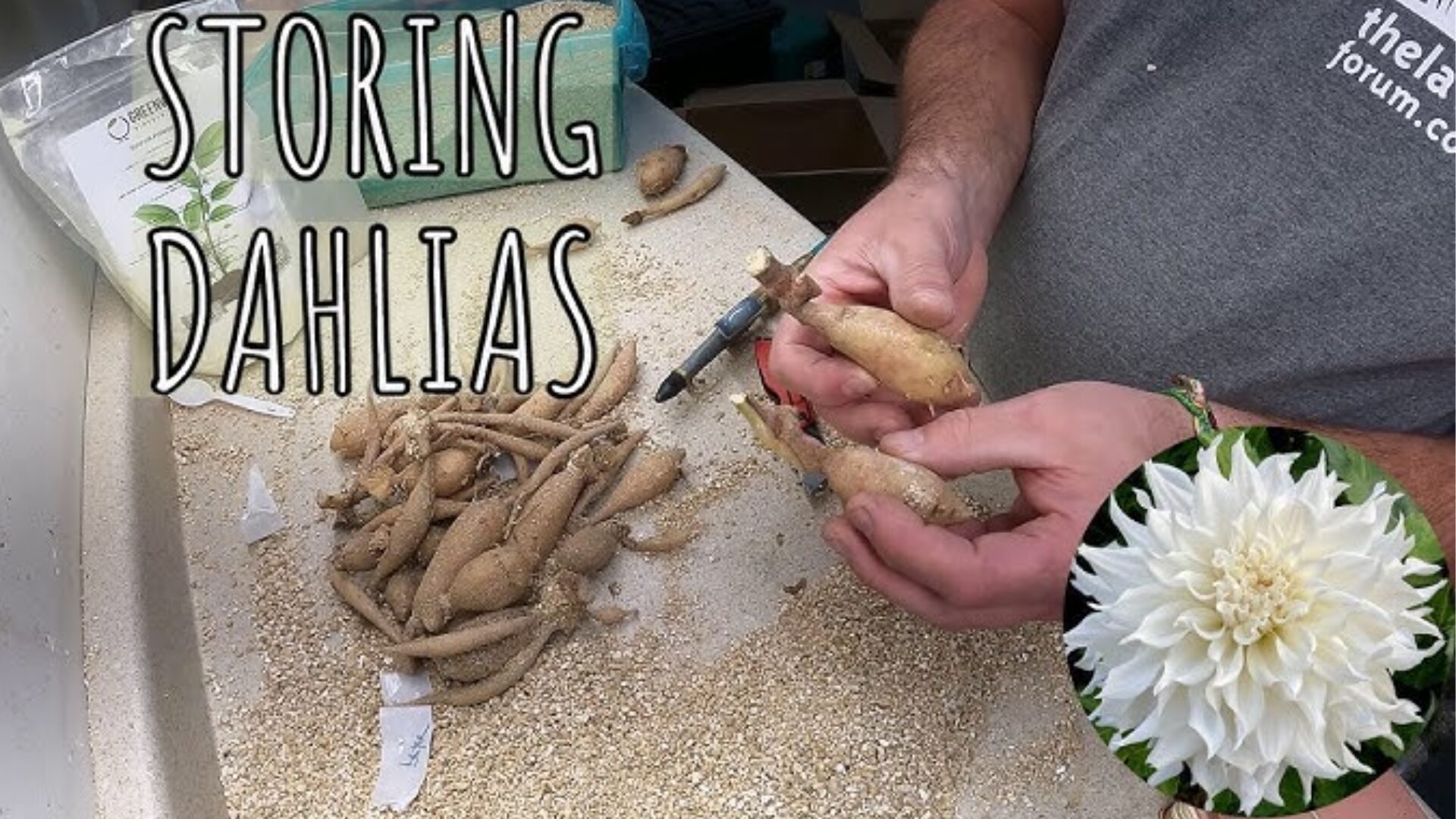
7. Ideal Storage Conditions and Monthly Checkups
Correct storage temperature is the difference between a tuber that’s plump and ready in spring, and a shriveled or rotten mess.
Target Temperature
Aim for:
-
4–13°C (40–55°F)
Too cold, and tubers freeze. Too warm, and they dry out or start sprouting too early. Root cellars, unheated basements, and insulated garages frequently offer the perfect middle ground.
Humidity and Monitoring
Make it a habit to check your crates once a month:
-
Remove any tubers that have turned soft or slimy.
-
If everything looks overly dry and shriveled, lightly mist the storage medium.
-
Don’t forget to inspect every box, not just the first one you grab.
Some gardeners refine their system each year until they find what works in their specific home. Advice from local staff at garden centres in vancouver or a friendly plant shop vancouver can be invaluable, because they understand Vancouver’s unique blend of coastal humidity and cool winter temperatures.
8. Spring: Dividing Dahlias and Multiplying Your Investment
One of the biggest perks of overwintering dahlias is how quickly they multiply. A clump that started as a single tuber can return with 10, 20, or even 30 viable tubers the next year.
Understanding Tubers, Necks, and Eyes
When it’s time to divide (often in March or April):
-
Each tuber must have a neck and at least one eye (the swollen bud near the stem).
-
Use a sharp, clean knife or pruners.
-
Cut through the central stem, ensuring each division has an eye and a section of stem attached.
You can re-pack divided tubers until planting time, or pot them up indoors to get a head start.
Many gardeners grab fresh potting mix, labels, and starter trays at a garden center vancouver bc or from one of several garden centres in vancouver ahead of spring. If you’re exploring new varieties, a search for nurseries close to me will likely turn up independent dahlia specialists as well. And for those who prefer smaller, curated selections, a boutique plant shop vancouver is often the perfect place to discover something special.
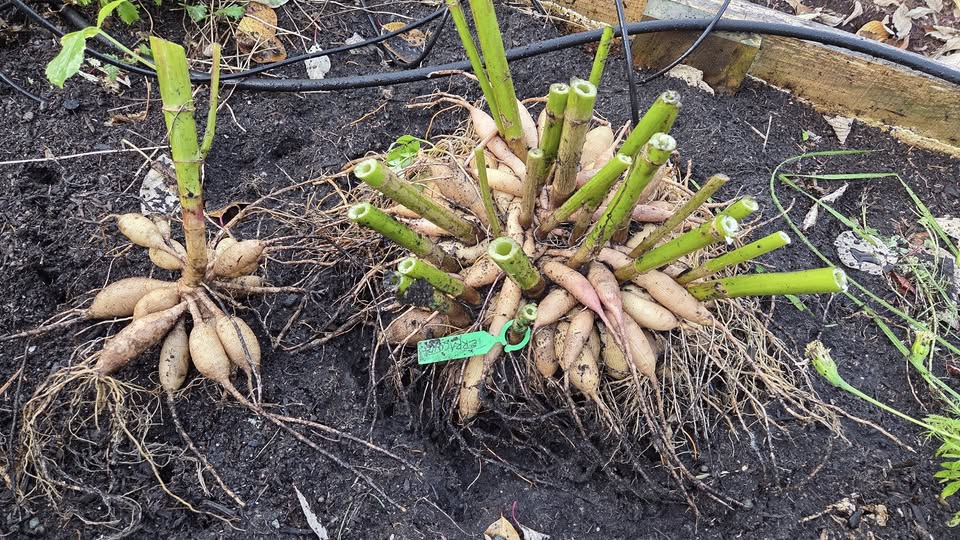
9. Shopping Local: Finding Supplies and Support in Vancouver
Everything you need for dahlia winter storage – digging forks, vermiculite, burlap, crates, labels, and even new tubers for next year – can be found locally.
When you’re planning a supply run, consider:
-
A full-service garden center vancouver bc location for bulk materials and tools.
-
Independent garden centres in vancouver for expert advice and region-specific recommendations.
-
Boutique plant shop vancouver stores for beautiful pots, labels, and smaller packs of vermiculite or peat.
-
Online searches for nurseries close to me to discover hidden gems in your neighbourhood.
By supporting local shops, you’ll gain access to gardeners who understand coastal winters, rainy spells, and the microclimates that make the Vancouver region unique.
FAQs: Dahlia Winter Storage
1. Do I really need to dig up dahlias every year?
In climates with freezing winters or heavy winter rain, yes. Dahlias are tender, and tubers can freeze or rot. Vancouver’s wet, cool winters make storage a safer option than leaving them in the ground.
2. Can I leave dahlias in the soil with a thick mulch?
You might get lucky in very mild areas, but it’s a gamble. For valuable varieties or large collections, lifting and storing gives you far better odds. Staff at any garden center vancouver bc or local garden centres in vancouver will generally recommend lifting for long-term success.
3. What’s the easiest storage medium for beginners?
Vermiculite is clean, lightweight, and easy to work with. However, peat moss, wood shavings, or sawdust can also work. Ask at a plant shop vancouver or nearby nursery which medium they prefer for your specific microclimate.
4. What if my tubers start to shrivel in storage?
They’re too dry. Lightly mist the storage medium, reseal your burlap or newspaper, and check again in a couple of weeks.
5. Where can I buy new dahlias and storage supplies in Vancouver?
Look for garden centres in vancouver, visit a garden center vancouver bc chain, or search nurseries close to me online. Many shops also operate as a plant shop vancouver with a broad range of bulbs, tools, and compost in one location.
Call to Action: Get Your Dahlias Ready for the Best Year Yet
Storing dahlias for winter doesn’t have to be complicated. With a little planning, cutting back after frost, lifting carefully, cleaning, drying, packing in a breathable crate, and storing at the right temperature—you can transform this year’s investment into an even bigger show next summer.
As you gather forks, burlap, vermiculite, and labels, make a plan to visit your favourite garden center vancouver bc, explore new garden centres in vancouver, and support local growers by searching nurseries close to me or dropping by a neighbourhood plant shop vancouver. Your future bouquets will thank you.
Start with one row, one crate, one season. Before long, you’ll have more dahlias than you ever imagined—and maybe a few extra tubers to share with friends.

Whether you’re shopping for plant lovers, hunting for meaningful plants, or simply looking to add a touch of green to your own holiday décor, DH Garden Centre has everything you need for a joyful, vibrant, and beautifully green Christmas.
Visit DH Garden Centre today – where the holidays grow brighter, one plant at a time.


